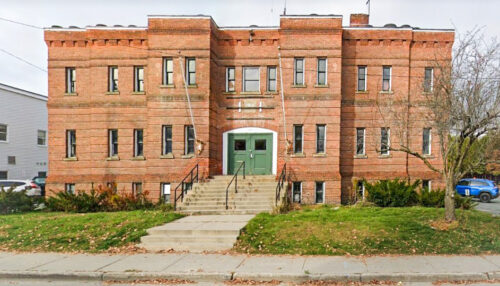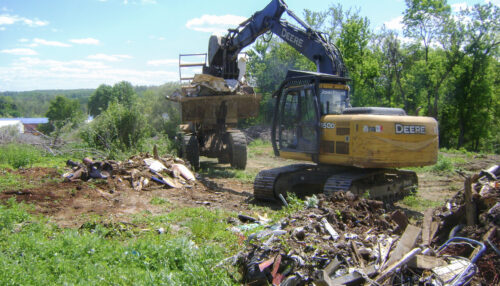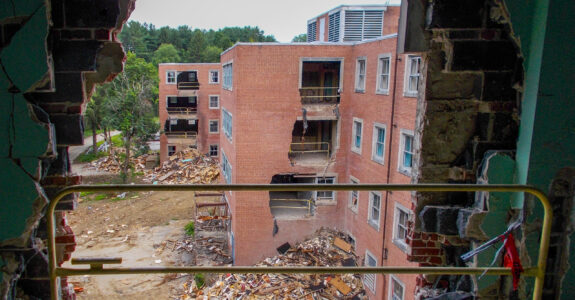
Before You Buy a Brownfield: Protect Yourself with All Appropriate Inquiry
July 8, 2025
By: Derek Street
Redeveloping an old industrial site or abandoned gas station can be a powerful way to revitalize a community—but it also comes with risk. Under the Comprehensive Environmental Response, Compensation, and Liability Act (CERCLA), anyone who acquires or operates a site can be held liable for cleanup—even if they didn’t cause pollution.
Originally enacted in 1980, CERCLA created the Superfund Program at EPA, but it also created a fear of liability for certain types of purchasers. CERCLA established a “strict, joint, and several liability” framework. Under CERCLA, liability can attach regardless of fault or knowledge of the contamination, and current owners and operators can be held responsible for releases that occurred decades earlier. An unintended consequence of CERCLA a causing fear around redevelopment of contaminated sites, including brownfields. In the early 1990s the U.S. Conference of Mayors pointed to blighted properties as a critical problem facing cities, and EPA took action by introducing the Brownfields Pilot Program from 1994 to 2002. The success of the Brownfields initiative led to many legislative proposals which culminated in the 2002 Small Business Liability and Brownfields Revitalization Act. Out of this 2002 act, we saw brownfields taken from a pilot program at EPA to becoming an authorized program with its own dedicated funding. Important for those wishing to redevelop potentially contaminated sites, the 2002 act amended CERCLA and clarified liability protections.
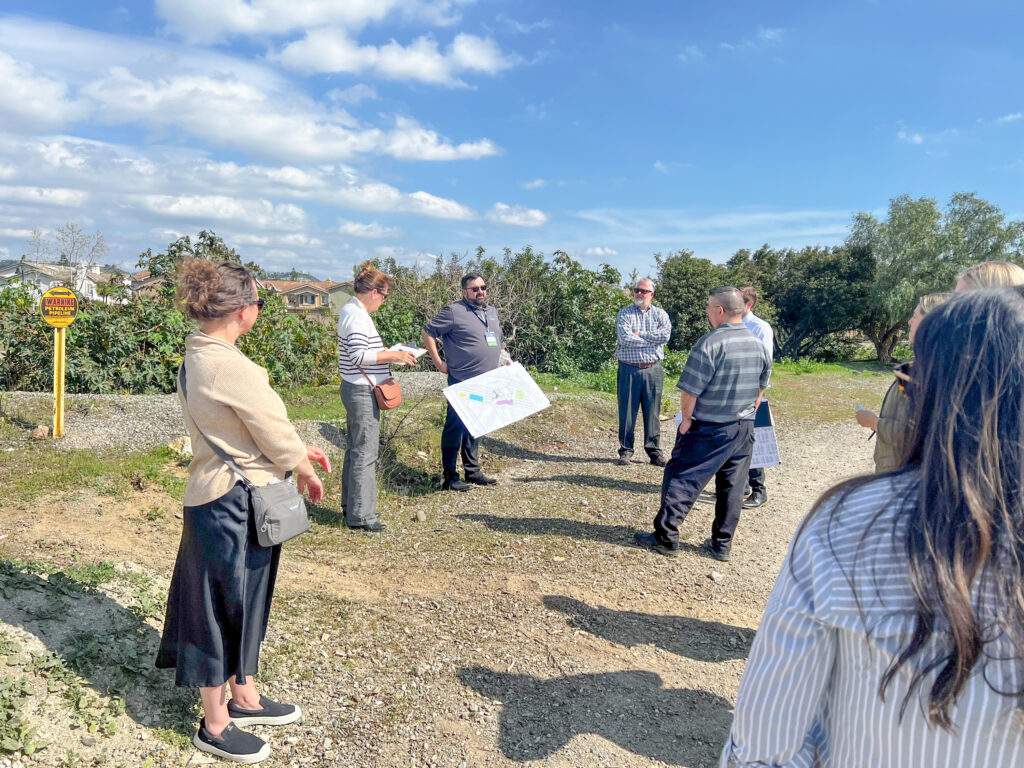
Despite these changes, reality still creates a serious barrier for developers, municipalities, and nonprofits seeking to bring blighted or underused properties back into productive reuse. Without following the proscriptive requirements of AAI, a seemingly promising redevelopment deal can come with unexpected cleanup obligations.
This Blog Kicks Off a Three-Part Series
In this first post, we’ll cover:
- What CERCLA liability really means
- Why All Appropriate Inquiry (AAI) is your first line of defense
- What makes a Phase I ESA legally meaningful—and what doesn’t
Quick disclaimer: These insights come from years of hands-on work in the field and at the U.S. Environmental Protection Agency (USEPA)—reviewing Phase I reports, evaluating grant applications, and helping communities navigate CERCLA liability and brownfield redevelopment. While these insights reflect real-world experience, they do not constitute legal advice from an attorney. Every property and situation is different, so be sure to consult with a qualified legal or environmental professional before making decisions.
Understanding CERCLA Liability: Strict, Retroactive, and Unforgiving
Under CERCLA parties are held strictly, and jointly and severally liable. That means:
- You can be liable without fault or culpability
- You and past owners can be held accountable individually or collectively.
- You can be liable even if the contamination happened decades ago because the liability can be retroactive within the site’s chain of title.
This liability structure is intended to ensure that cleanup happens—regardless of who’s responsible—but it also creates significant risk for parties who want to redevelop or invest in underused or blighted properties. Even nonprofit organizations and local governments that take title through a negotiated purchase, property swaps, or donations can be caught up in potential liability if they don’t follow the right steps.
Importantly, CERCLA liability is not limited to the cost of environmental cleanup. It can also include natural resource damages, third-party claims, and regulatory enforcement, which can stall or even derail a project. If your Phase I ESA misses a red flag, or if your site conditions change after purchase and you haven’t maintained continuing obligations like preventing further exposure, you could lose your liability protections altogether.
That’s why AAI is so important. It’s not just a best practice—it’s a legal requirement if you want to claim protection under CERCLA’s statutory defenses.
What Is All Appropriate Inquiry (AAI)?
AAI is a formal process for evaluating a property’s environmental conditions before acquisition. It’s defined in 40 CFR Part 312 and typically fulfilled by an environmental professional completing a Phase I Environmental Site Assessment (ESA) that meets the ASTM E1527-21 standard.
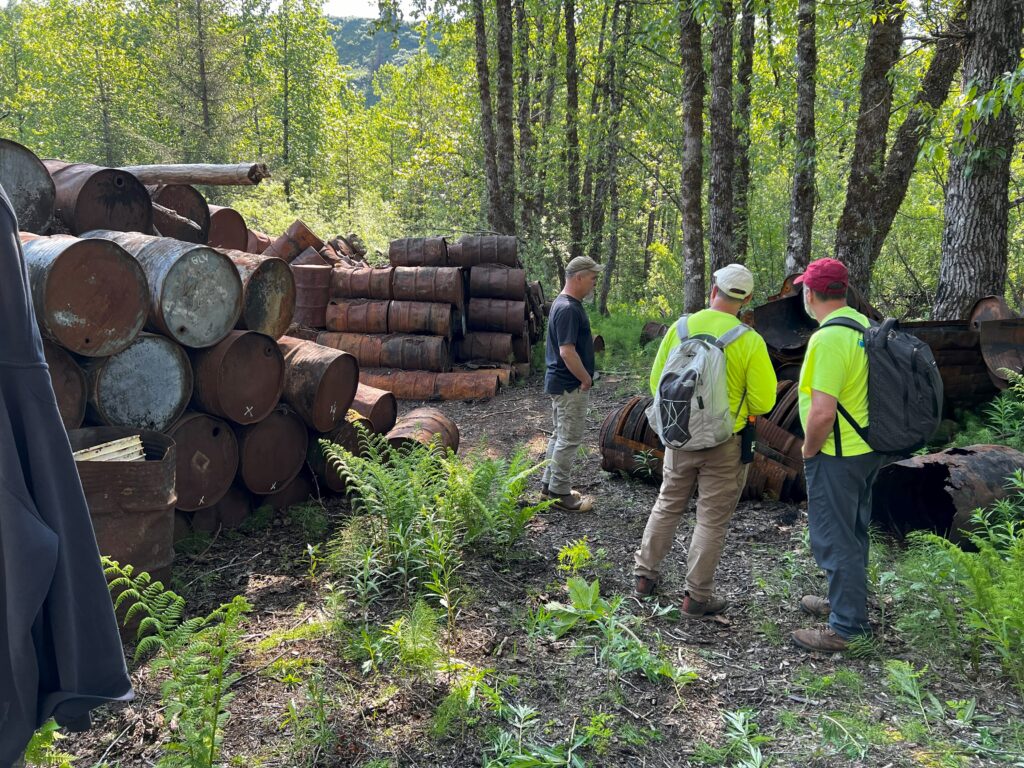
A compliant Phase I ESA includes several key components:
- A site visit and visual inspection of the property and adjoining areas
- A review of historical records (like aerial photos, topographic maps, and city directories)
- Environmental database research
- A search for environmental liens
- Interviews with current and past property occupants or owners
- A written report authored by an environmental professional, as defined by the rule, with the required declaration.
The goal is to identify Recognized Environmental Conditions (RECs)—evidence of potential contamination—that may warrant further investigation or cleanup. Of course there are other conditions defined for a site, but we will stick with the most important. Not all Phase I ESAs are created equal. Missing or incomplete components (such as failing to inspect adjoining properties or conducting the report more than 180 days before closing) can invalidate the entire assessment and, with it, your liability protection. When applying for USEP brownfield cleanup grants, it could mean your application does not get reviewed. Little things matter as even small oversights can jeopardize your liability protection, disqualify grant applications, or limit access to financing by placing you among the “potentially liable.”
Also important: AAI isn’t a one-and-done step. To qualify as a Bona Fide Prospective Purchaser (BFPP) under CERCLA—and maintain liability protection—buyers must meet post-acquisition obligations, like taking reasonable steps to stop ongoing releases and cooperating with cleanup efforts. In other words, liability protection depends on your commitment to responsibly manage the property both before and after purchase.
In short, AAI is both your starting point for establishing a strong legal and financial footing in a brownfield transaction. It is your foundation for building a defensible position in the eyes of regulators, the court system, funders, and future investors. It’s not just a formality for getting to the closing table—it’s the first step in a longer journey of responsible stewardship. Cutting corners here can have costly, lasting consequences.
Coming Up Next
In Part 2, we’ll dive deeper into the Bona Fide Prospective Purchaser (BFPP) defense—a critical tool for anyone acquiring potentially contaminated property. We’ll break down what it really takes to qualify, what “continuing obligations” really means in practice, and how to avoid common missteps that can cost you your protection.
If you’re considering a property acquisition or want to make sure your due diligence holds up under scrutiny, let’s talk. I can help you articulate your best defense.
Continue Reading
 Derek Street
Derek Street
Principal Geologist, Brownfields & Community Revitalization Practice
Derek Street is an environmental professional with deep experience in site assessments, brownfield redevelopment, and regulatory compliance. He has worked both in the private sector and at the USEPA, where he reviewed and enforced AAI standards for federal brownfield funding.

